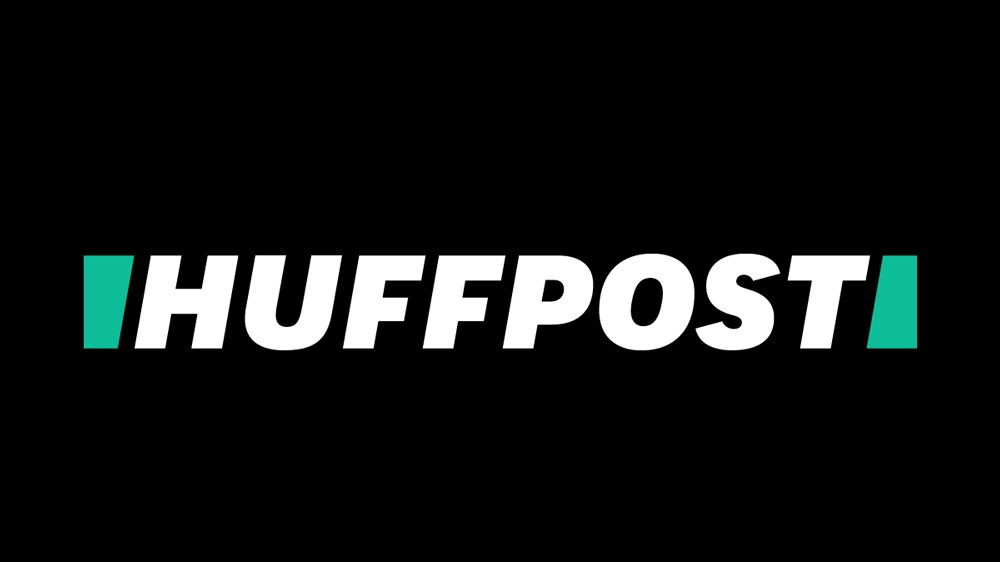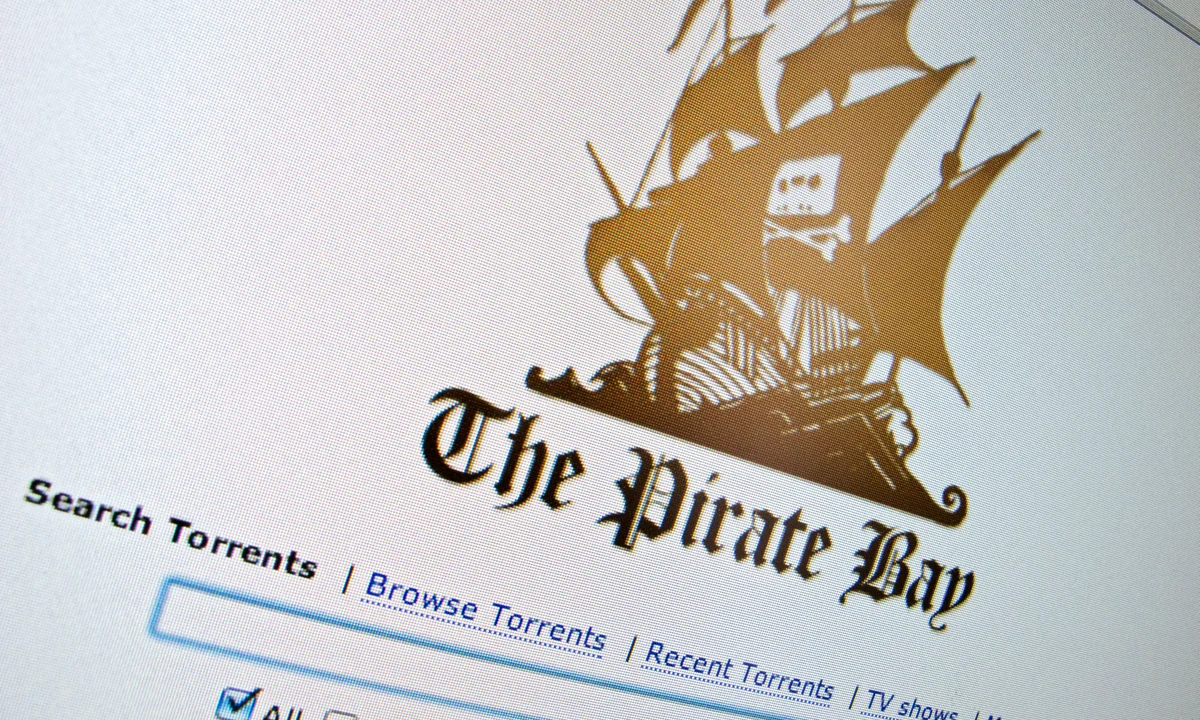
HuffPost, formerly known as The Huffington Post, is a major player in the digital media landscape. Known for its wide-ranging content that spans from breaking news to opinion pieces, lifestyle advice, and investigative journalism, HuffPost has carved a unique space in the realm of online news and opinion sites. This article will explore HuffPost’s origins, business model, editorial approach, unique features, and influence on both readers and the media industry as a whole.
Table of Contents:
- Introduction to HuffPost
- The Origins and Growth of HuffPost
- HuffPost’s Editorial Strategy
- Content Range and Key Sections
- HuffPost’s Business Model and Revenue Streams
- HuffPost’s Influence on Media and Public Opinion
- Criticism and Controversies
- HuffPost Today and Future Directions
1. Introduction to HuffPost
HuffPost, an American news and opinion website, has grown from a small, blog-based site to a massive multimedia platform with global reach. Launched in 2005 by Arianna Huffington, Kenneth Lerer, and Jonah Peretti, the site was initially known for its liberal-leaning perspectives and influential guest bloggers. Today, HuffPost has evolved into a comprehensive news source with editions in multiple countries, producing a mix of original reporting, aggregated content, and opinion pieces.
2. The Origins and Growth of HuffPost
Founding and Early Days
HuffPost was founded in May 2005, with a focus on political commentary and news aggregation. Its founders, including prominent columnist Arianna Huffington, wanted to create a platform for progressive viewpoints and diverse voices. The site began with a blog-centric approach, allowing high-profile figures and guest bloggers to share their thoughts and opinions on pressing social and political issues.
Rapid Growth and Acquisition by AOL
HuffPost quickly gained traction due to its unique mix of content, accessibility, and bold editorial stance. By 2011, the site had garnered enough attention and audience to attract AOL, which acquired HuffPost for $315 million. This acquisition allowed HuffPost to expand its newsroom, invest in technology, and develop its global editions.
A Shift to Independence and a New Phase
In 2017, Verizon Communications acquired AOL, and with it, HuffPost became part of Verizon Media. However, in 2021, BuzzFeed acquired HuffPost, marking a new phase for the platform, which now operates under the BuzzFeed umbrella but retains editorial independence. This acquisition has led to new strategic decisions, with BuzzFeed CEO Jonah Peretti returning to oversee the brand he co-founded.
3. HuffPost’s Editorial Strategy
HuffPost’s editorial strategy has been pivotal to its success. It employs a blend of aggregated content and original reporting, focusing on issues that resonate with a wide audience. HuffPost has maintained its progressive-leaning editorial stance, though it aims to provide balanced coverage and often includes conservative voices and guest contributors to foster dialogue.
Focus on Voice and Inclusivity
HuffPost prides itself on its commitment to inclusivity, often spotlighting marginalized communities and covering stories that mainstream media may overlook. The platform’s opinion pieces and personal stories have become a hallmark of its approach, offering a platform for underrepresented voices and perspectives.
Emphasis on News and Opinions
Unlike traditional news outlets, HuffPost integrates opinion pieces alongside factual reporting. The site’s opinion section features contributions from celebrities, activists, and everyday individuals, offering insights on a wide range of issues. This mix of hard news and opinion allows readers to engage with content on multiple levels.
4. Content Range and Key Sections
HuffPost offers a vast range of content that covers nearly every aspect of daily life and current affairs. Here are some of the major sections and features that distinguish HuffPost:
News and Politics
HuffPost’s news and politics sections are among its most popular, covering everything from breaking news and investigative journalism to political analysis and commentary. With a progressive focus, HuffPost’s political coverage often advocates for social justice issues, LGBTQ+ rights, and climate change awareness.
Lifestyle and Wellness
HuffPost has carved out a strong presence in lifestyle and wellness content, addressing topics such as mental health, personal finance, parenting, relationships, and more. The wellness section is particularly notable for its focus on self-care, mindfulness, and mental health, reflecting growing reader interest in holistic well-being.
Entertainment and Culture
The entertainment section covers a wide array of celebrity news, pop culture, film, television, and music. HuffPost’s cultural commentary often emphasizes diversity and inclusivity in media, spotlighting trends and movements that resonate with a socially conscious audience.
Voices and Opinion
HuffPost’s opinion section, known as “Voices,” allows contributors from all walks of life to express their views on critical issues. This section has become one of HuffPost’s defining features, giving readers access to a range of perspectives and personal stories that reflect the platform’s mission of inclusivity.
Global Editions
HuffPost has launched international editions in countries such as the United Kingdom, Canada, France, Germany, Japan, and others. These editions cater to regional audiences, providing localized content while maintaining the brand’s overall editorial values.
5. HuffPost’s Business Model and Revenue Streams
HuffPost has evolved its business model over the years, adapting to changes in digital media and shifting its focus from display advertising to a diversified revenue approach. The platform generates revenue through various means:
Advertising
Advertising has been a core part of HuffPost’s revenue model, particularly through display ads and sponsored content. HuffPost offers native advertising solutions that integrate with its content, providing brands with a way to reach audiences authentically.
Branded Content and Sponsored Content
HuffPost’s branded content division collaborates with companies to produce articles and multimedia content that align with the brand’s tone and values. This type of sponsored content has become a valuable revenue stream, as it allows brands to connect with HuffPost’s audience through stories that provide value or entertainment.
Subscriptions and Membership
Although HuffPost has experimented with subscription models, most of its content remains free. The platform has, however, introduced membership programs in some regions, allowing dedicated readers to support the platform while gaining access to ad-free content and exclusive features.
6. HuffPost’s Influence on Media and Public Opinion
HuffPost has wielded substantial influence on public opinion and the broader media industry, particularly in the digital news arena. By championing progressive issues and giving a platform to underrepresented voices, HuffPost has helped shift public discourse on topics like social justice, LGBTQ+ rights, and climate change.
Pioneering News Aggregation
HuffPost was among the pioneers of news aggregation, curating content from multiple sources to offer a comprehensive reading experience. This approach has since been adopted by numerous other outlets, setting a precedent for digital journalism.
Shaping Digital Journalism Standards
HuffPost’s success has contributed to establishing standards for digital journalism, including the use of multimedia, video content, and social media integration. Its format and engagement strategies have been widely emulated, particularly by newer digital outlets seeking to capture a younger, more digitally-savvy audience.
7. Criticism and Controversies
While HuffPost is a respected news source, it has faced its share of criticism and controversies:
Allegations of Bias
As a platform known for its progressive-leaning stance, HuffPost has occasionally been accused of bias, with critics arguing that its coverage sometimes favors liberal viewpoints over others. This criticism is often leveled by conservative figures who argue that HuffPost’s editorial approach marginalizes right-leaning perspectives.
Use of Unpaid Contributors
One of HuffPost’s early strategies was to rely on unpaid bloggers and contributors, allowing it to produce a high volume of content at minimal cost. While this approach contributed to the site’s growth, it also sparked criticism from writers and journalists who argued that it exploited content creators.
Financial Challenges and Layoffs
HuffPost has experienced financial challenges in recent years, resulting in layoffs and a reduced editorial team. These difficulties highlight the ongoing struggle for profitability in digital media and have led to concerns about HuffPost’s ability to maintain its extensive content output.
8. HuffPost Today and Future Directions
Today, HuffPost continues to be a leading player in digital media, though it faces the same challenges as other news outlets, including competition from social media, the shift to mobile, and an evolving advertising market. Under BuzzFeed’s ownership, HuffPost is focusing on refining its content strategy and diversifying its revenue streams to ensure its sustainability.
Expanding Multimedia Content
HuffPost has increasingly emphasized multimedia content, including video, podcasts, and interactive articles. This shift is part of a broader trend in digital media as audiences seek more immersive and dynamic ways to consume information.
Continued Emphasis on Inclusivity and Social Issues
In keeping with its roots, HuffPost is likely to continue its focus on inclusivity, giving voice to diverse perspectives and addressing social issues that resonate with readers.
Conclusion
HuffPost has transformed from a small blog site into a powerful voice in digital media, shaping conversations around progressive issues and pioneering new forms of online journalism. Although it faces significant challenges, its influence on media and public opinion remains strong. With its commitment to inclusivity and innovation, HuffPost is poised to adapt to the changing media landscape while staying true to its original mission of amplifying diverse voices.







